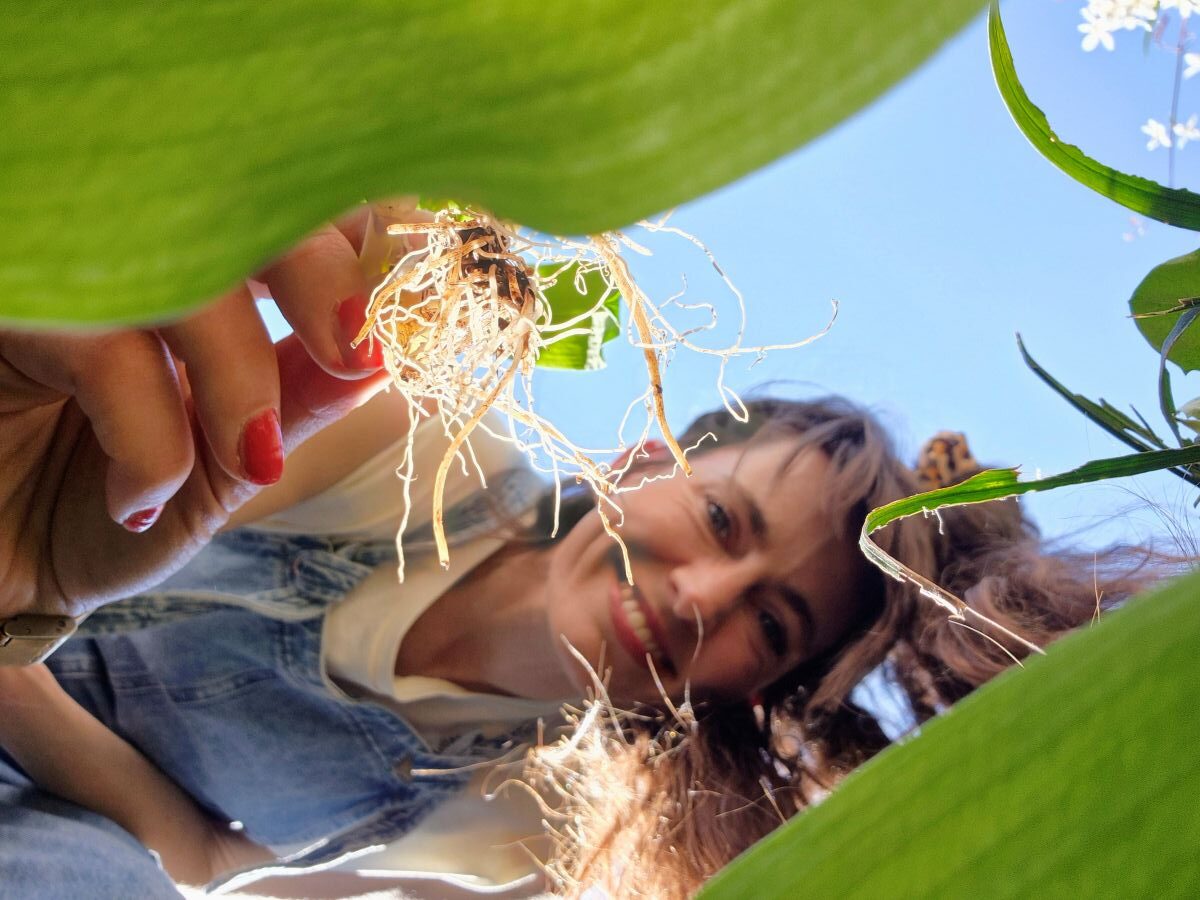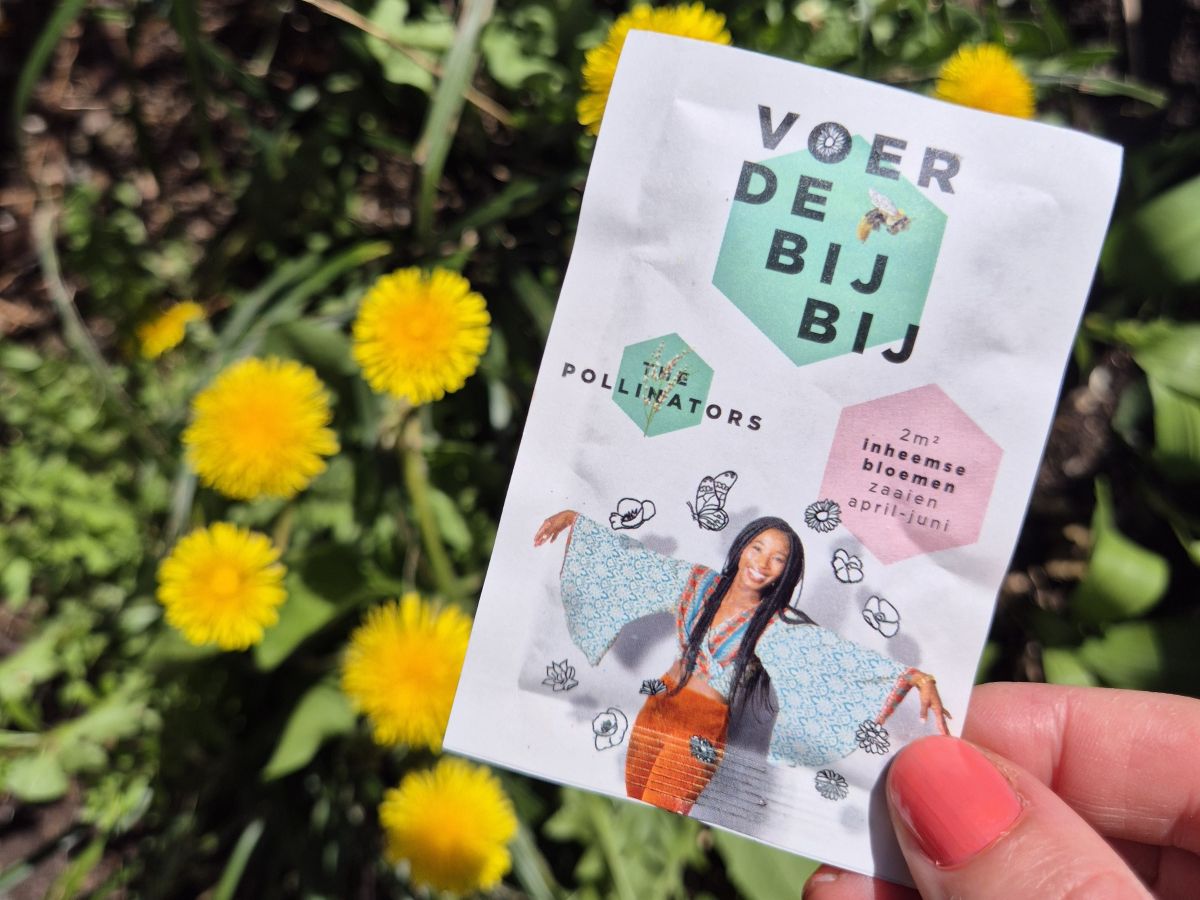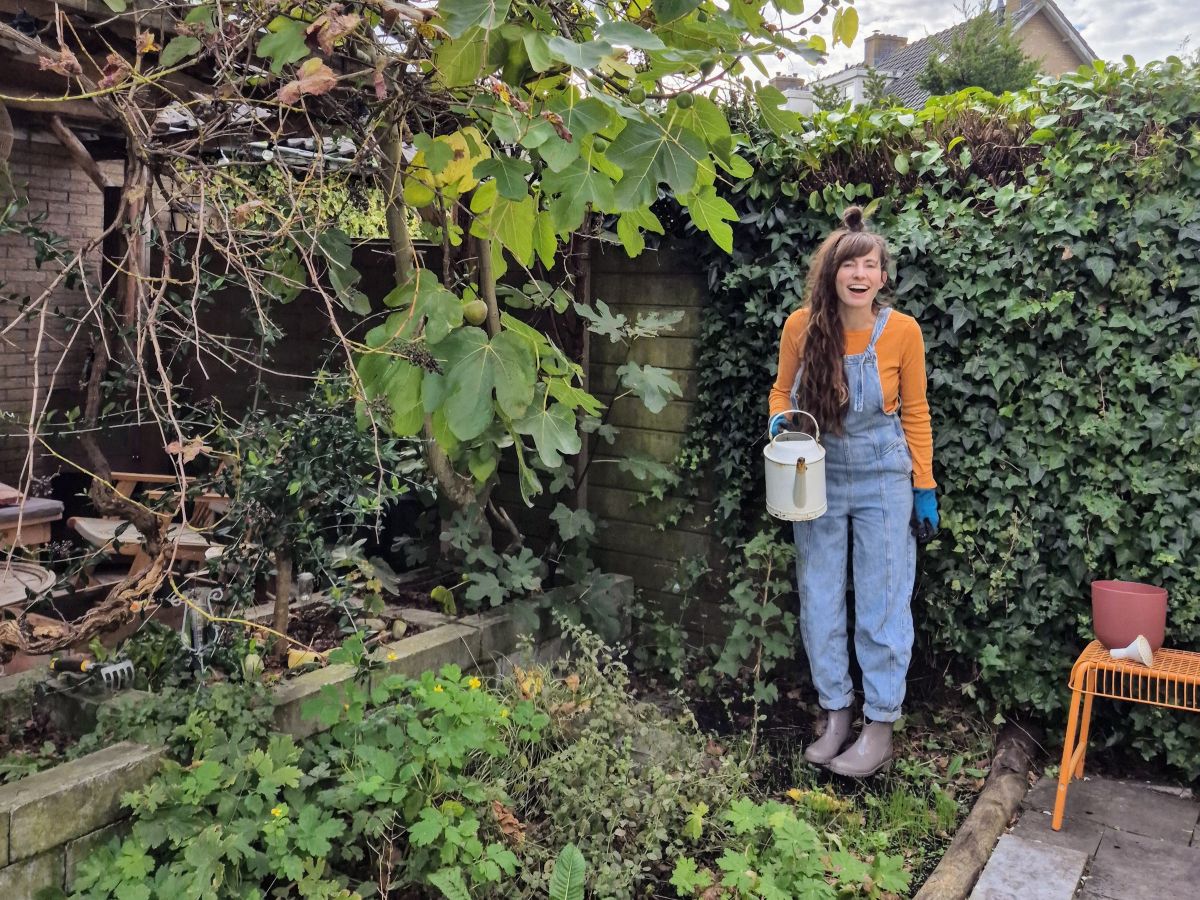Is your garden really green yet, or does it mostly look that way? April is Green Garden Month and we at thegreenlist.nl are proud ambassadors. That is why we love to help you on your way to a garden that not only looks green, but is also really good for animals, soil and biodiversity. Because let's face it: many plants from the garden centre may be beautifully green, but in terms of sustainability there is often still a world to be won. That is why we serve you not three, not five, but fifteen ideas for a truly green garden. Nice and practical, we like that!
A shout-out to truly green gardens
Why is a month focusing on the importance of green gardening so important? One word: biodiversity. Or rather: the lack of it. In the Netherlands, biodiversity is under considerable pressure. According to the Compendium for the Living Environment, some 85% of the original biodiversity has disappeared since 1900. We have only about 15% left, and that is worryingly little*. And no, this is not a far cry. You can just see it back in your own backyard. Or rather, you don't see it there. Many gardens are largely tiled or filled with ornamental plants that look pretty, but do nothing for bees and butterflies. Often, they are also treated with pesticides that are harmful to insects. Because well, a pesticide that kills unwanted critters during cultivation is also harmful to the insects - and other animals - in your garden.
*Note from Milieu Centraal: a figure serves only as an indication. It is difficult to capture biodiversity in a figure. For the consequences of biodiversity loss, it is even more difficult. Also, these figures are the results of a single measurement method. However, quantifying helps to see a trend. These and all other measurement methods indicate that biodiversity is eroding
Biodiversity?
Biodiversity simply means a wealth of life. The more species of plants, animals, insects and micro-organisms there are, the better nature works. And we desperately need that nature. For clean drinking water, fertile soil, pollination of food and natural pest control. Everything is interconnected. If one link is lost, the whole system gets out of balance, and we notice that too.
15 good ideas for a really green garden
Enough biology lessons, time to roll up those sleeves. We share 15 ideas that will make your garden greener, livelier and friendlier to all that grows, blooms and buzzes. Pick one to start today. We bet you'll soon get the hang of it and want to get started with more.
1. Buy organic plants
Want to make sure your plants are safe for bees, butterflies and other itchy creatures? Then choose organically grown plants, bulbs and seeds. Look out for reliable labels such as EU organic, EKO or Demeter that guarantee that no pesticides harmful to bees have been used. Don't be fooled by a green sticker or a happy bee on the label, because that often says nothing. In doubt? Then check the quality marks guide of Milieu Centraal.
You can read more about poisons in plants here.
2. Plant as many native species as possible
Native plants belong here naturally. They are perfectly adapted to our climate, soil and local animal life. This makes them an indispensable link in the ecosystem: they provide food and hiding places for insects, birds and other animals. Some butterflies, such as the orange tip, are even completely dependent on specific native plants such as cuckoo flower or garlic.



Organic plants with an EU label (Skal) are a good choice (bought at Ekoplaza). Swapping cuttings is also a sustainable tip and free. A pile of old stones? No, it's a safe home for insects!
3. Create a flower arch
Provide flowering from early spring to late autumn so that bees and butterflies have something to get for as long as possible. Examples of plants that flower in early spring are: snowdrop, winter aconite and lungwort. Flowering ivy is a good example as an autumn bloomer. In the summer months, common daisy, yellow wattle, musk-cheesew, grassbell, heavenly sprig and summer heather are great examples. This is how to turn your garden into a buffet for pollinators!
4. Perennials are perennials
Perennials are durable and easy. You plant them once and then they come back every year. That saves money, plastic pots and labour. The longer they stay, the better for soil life, and thus for your garden. Choose varieties that suit the type of soil in your garden and the amount of sunlight, and you will enjoy them for years with minimal effort.
5. Tiles out, life in
A petrified garden is disastrous for soil life as well as water drainage. So: flip those tiles! Every tile you remove and replace with greenery makes room for animals and offers cooling on hot days. Every square metre helps, so get to work!
6. Give your old tiles a second life
Rock your tiles, but don't throw them away! Stack them playfully to create little walls or corners in your garden. We previously wrote an article on brick stacking to which we received an incredibly positive response. So as far as we are concerned, this tip should definitely be included in this list. With it, you create a hiding place for insects and small animals as well as giving biodiversity a boost. Bonus: it also looks cosy.
7. Peat-free garden soil
When replenishing your garden, choose peat-free garden soil. Peat extraction is bad for peatlands and the climate. Everything about peat-free gardening we have previously sorted out for you. Even better is peat-free, organic garden soil and potting soil that is free of unnecessary additives and thus better for soil life. Again, the tip here is: pay attention good labels Before dragging those big bags!
8. Water, please!
Insects and birds are thirsty, especially on hot days. You really don't need to dig a pond (although you can), a few bowls of water will do wonders. Place them in different places in your garden and put a little stone in them so that bees can land safely. For tiny creatures, small bowls of water are enough! Tip: you will find plenty of cool bowls in the thrift shop! Read more tips for more water in the garden here.
9. Weeds? No way!
We wonder every spring: why do people remove dandelions, cow parsley and deaf nettles? These very ‘weeds’ are native flowers that bees and butterflies love. Weeds are not weeds until you say so. Leave them, let them bloom: your garden will be more lively and useful!
10. Strike it rich!
Scoring and exchanging seedlings with neighbours, friends or your parents or in-laws is perhaps the most fun and cheapest way to green up your garden. It saves money, prevents plastic waste and is fun too. Before you know it, you have gathered half a plant shelter, and you are happy, your garden happy!
11. Need a new fence? Go for a green garden fence
Wooden fences may look neat, but they are impenetrable to animals. Instead, choose a green hedge such as privet or holly. Animals can get through, find food and shelter. And what about you? You get a lively, natural garden in return. You can read more about creating a green garden fence here!
12. Join us on National Sowing Day with free flower seeds!
Every year on 22 April, The Pollinators calls on everyone to sow flowers for bees and other pollinators. You can pick up free native flower seeds from a so-called Food Bank for Bees near you. Check on the website of The Pollinators Where to pick up those free seeds in your area.
13. Compost your GFT
Your GFT waste is not junk, but gold for your garden! With a compost heap or worm bin (also known as worm hotel), you can make your own nutritious compost. Good for your plants and soil life. Bonus: less residual waste and no more smelly organic waste bin. Worms happy, you happy!


From vegetable, fruit and garden waste to compost for your garden! The worms do all the work for you!
14. Collect that rainwater
A water barrel is a simple and smart addition to your garden. You save tap water and rainwater is better for your plants: it contains no lime and less salts. One step more sustainable? Put an overflow on your rain barrel. Then you both collect water in the barrel to give to your plants and the water that no longer fits in the barrel flows into your garden (and not down the drain).
15. Become a lazy gardener!
Finally, the best news: your garden doesn't have to be perfect to be good. In fact, a little messy is actually better for nature. So give yourself (and your garden) some peace and quiet, mow less, don't prune everything and let corners grow wild. A really green garden starts with letting go. And the beauty of it is: it costs you less time and brings you more life. Win-win, right? Enjoy your garden this Green Garden Month. With these 15 tips, hopefully you can get on with it! And if not, you can on this page browse around for more gardening tips.
Sources: clo.nl.






